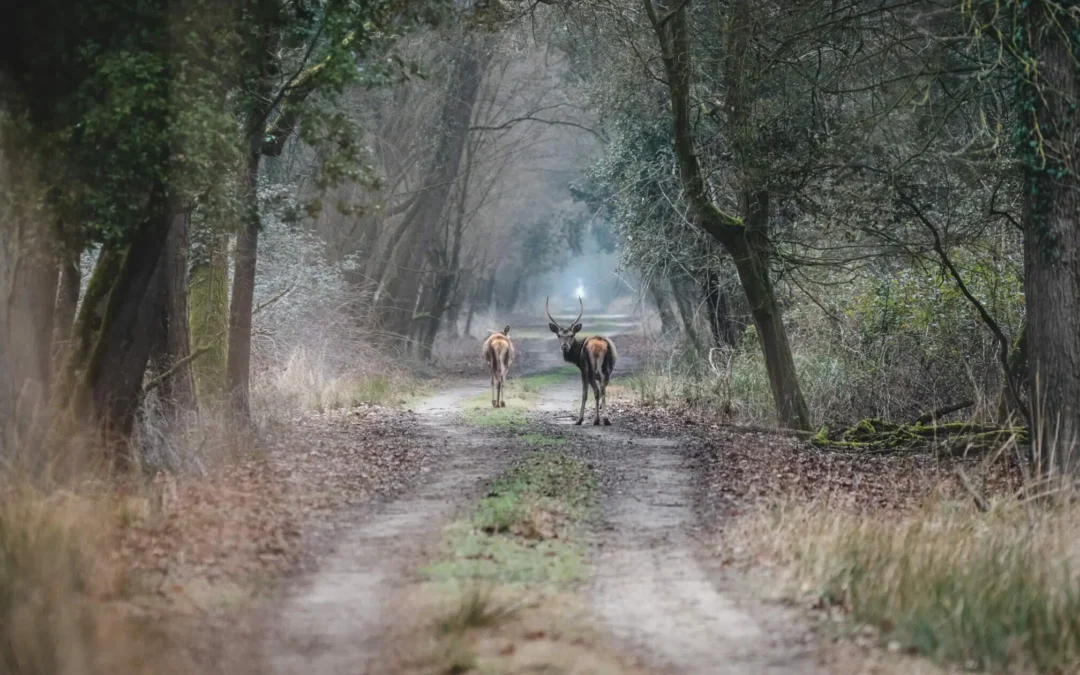The translocated individuals are intensively monitored using satellite collars, which allow verification of movements, survival and reproduction rates, and possible causes of mortality.
The operation envisages the capture and release in the newly identified area of at least 20 individuals per year, for three years (2023, 2024 and 2025). In order not to interfere with the most delicate phases of the species’ biological cycle, the release will take place each year within the time window between November and March.
In the coming months, public meetings will be held in the municipalities of the protected area of the Serre Regional Nature Park, with the aim of providing information to citizens about the operations underway and the value of the species for local and Italian biodiversity. Thanks to the collaboration between several bodies and institutions, the mission is to save a completely unique subspecies from extinction: all the deer present in the rest of the peninsula are, in fact, European deer (Cervus elaphus hippelaphus) introduced in Italy after the Second World War and today in progressive expansion. The State Nature Reserve ‘Bosco della Mesola’, in the province of Ferrara, has preserved to this day the last 300 specimens of Italic deer, which, in conditions of genetic isolation, have an uncertain future due to the risk of inbreeding, possible habitat modifications or possible epidemics. The project is made possible thanks to funding from the Calabria Region and funds raised by WWF Italy, thanks to the support of Arcaplanet and many supporters.
The activity is part of WWF’s ReNature Campaign, whose mission is to reverse the loss of species and habitats, protect and restore nature to achieve the goal of a nature-positive world by 2030, as enshrined in the main international conventions. The relocation operation was already envisaged in the ‘National Conservation Programme for the Mesola Deer‘, published in 2010, in order to create another population in the wild and increase its chances of survival, but only thanks to the project could it finally come to life. The area of the Serre Regional Nature Park was identified following a feasibility study conducted by ISPRA based on the ecological characteristics and the absence of European deer nuclei.
Photo credits: Marco Barretta

